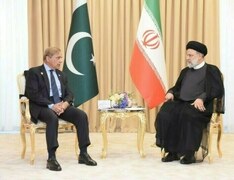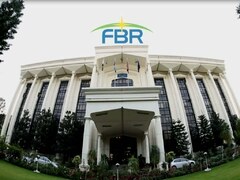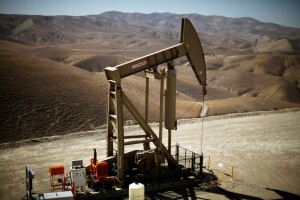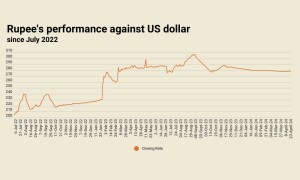A The political and economic events unfolding in Pakistan since April 2022 amidst an opportunistic power struggle have turned the country into a political tinderbox with little regard displayed for the ongoing suffering of the masses who continue to pay the price for the country’s long history of political and economic instability.
Under this state of hopelessness, intellectuals, economists and the media have begun to debate on “Why and how the nation has landed itself in such a sorry state in so short a history for a nation and how to get out of it?”
Burdened with depression, one is tempted to look around the globe as to how the other nations are doing and why Pakistan has landed itself in such a pitiful state - notwithstanding the fact that much of it, if not all of it, is self-inflicted.
In the part one of this article carried by the newspaper last Saturday a comparison between Pakistan and Bangladesh was drawn, wherein, it was spelled out that Bangladesh’s GDP per capita had grown by 9% over the past year to $2,227.
Pakistan’s per capita income is $1,543. Bangladesh’s economy has grown consistently between 6% and 7% over the past two decades — one of the highest in the world.
It is now on course to become a developed country by 2041. No such predication can be made for Pakistan. In 1971, Pakistan was 70% richer than Bangladesh, but today, Bangladesh is 45% richer than Pakistan
In this article, the writer tries to draw a comparison between Pakistan and India. Both were part of British colonial India. On the Partition of India in 1947, the assets between the two countries were split in 1:3 ratio with India three times bigger than Pakistan in all respects. Thereafter, both countries embarked on different paths of state governance and economic policies.
In 1990, India and Pakistan had almost identical GDP per-capita, a little under US$370 per person. But by 2021, India’s per capita GDP surged to $2,277, about 50% higher than Pakistan’s. As of 2020, at $2,709 billion, India’s GDP is around ten times higher than Pakistan’s GDP of $263 billion. In nominal terms, the gap is wider (above ten times).
Purchasing Power Parity (PPP) wise, it is 8.3 times. India is the 5th largest economy in the world in nominal rankings and 3rd largest economy based on PPP method. The nominal ranking of Pakistan is 48, and the PPP ranking is 24.
India’s state with the largest economy is Maharashtra. Its GDP is ($398 billion) much greater than Pakistan’s. India has recently become the world’s fifth-largest economy, overtaking the UK and is behind the US, China, Japan and Germany only.
India’s estimated GDP value is around $3.46 trillion at present. On the other hand, Pakistan’s current GDP is around $376 billion and is ranked 42nd globally. India, which is a regular invitee to G7 summits, is exercising its political and economic strength; and has a strong say in world politics, diplomacy and economy. Pakistan is not there and does not enjoy this strength.
The three-time India-Pakistan gap in 1947 widened to 10 times in 2020. Skewed in favour of India, this gap continues to widen.
The next column on the subject will throw some light on why Pakistan is losing out to Bangladesh and India and its political, security and economic consequences for Pakistan. It’s all about the economy.
Copyright Business Recorder, 2023
The writer is a former President, Overseas Investors Chamber of Commerce and Industry
























Comments
Comments are closed.